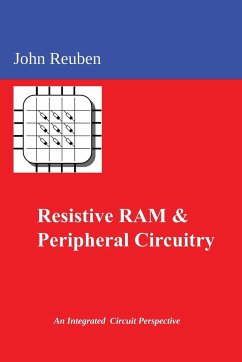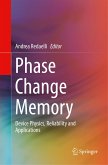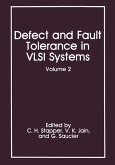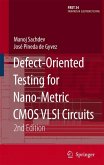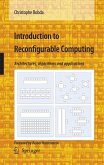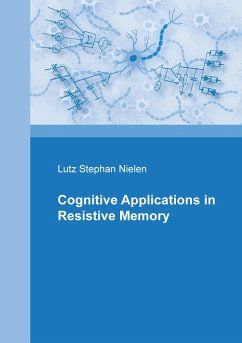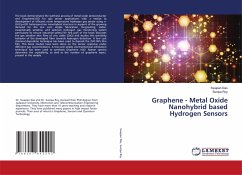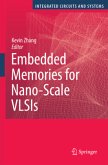This book is written as an introductory textbook on Resistive Random Access Memory (ReRAM). ReRAM is a prominent emerging memory among other competing Non-Volatile Memories (NVM) seeking to replace flash memory. This book is based on the author's peer-reviewed research conducted at the Chair of Computer Architecture, FAU, Germany. Referring to his research and the most relevant research from the literature, the author presents the developments in this field concisely. The purpose is to clarify basic concepts and introduce the reader to ReRAM with an emphasis on circuit design. Hence, this book is written for university students considering a career in the semiconductor industry. Since the author's research was conducted in collaboration with a silicon foundry, hardware engineers will find this book practical and industry-relevant. Researchers in the field of In-Memory Computing will also benefit from this book since the NVM array is the basic substrate for such computing paradigms. This three-part book condenses the research and development of the last decade into eight chapters. In Part I, a good foundation is laid for understanding the individual device structure, its electrical characteristics, and modeling methodology. The different array configurations in which these memory devices are fabricated are also discussed. In Part II, the peripheral circuits -the CMOS circuits around the ReRAM array are discussed. They include sense amplifiers, programming circuits, and row/column access circuits. Recent developments such as the possibility to perform certain computing tasks in the ReRAM array are discussed in Part III.
Hinweis: Dieser Artikel kann nur an eine deutsche Lieferadresse ausgeliefert werden.
Hinweis: Dieser Artikel kann nur an eine deutsche Lieferadresse ausgeliefert werden.

